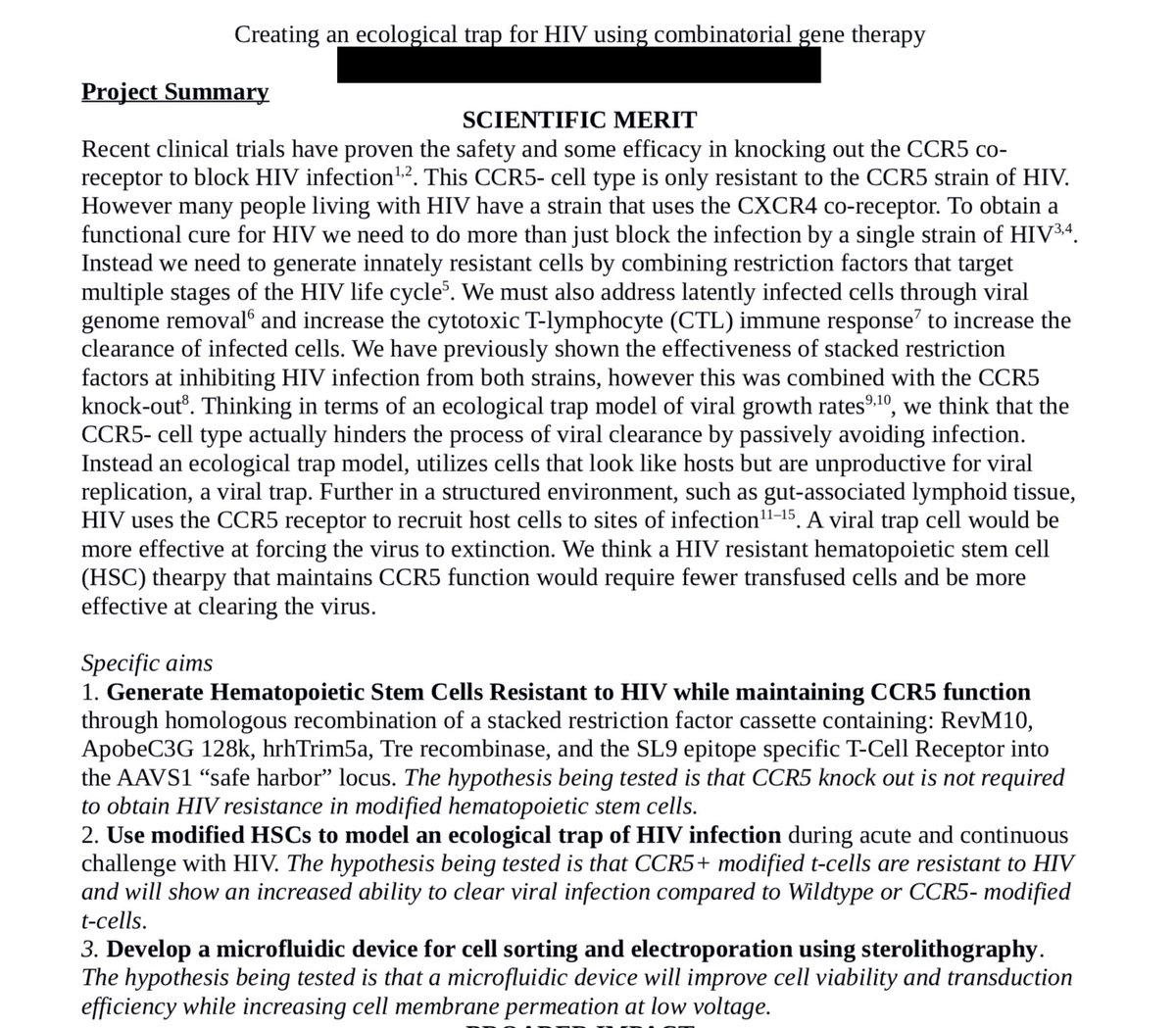It probably feels like it's just a web app (with some magic Ethereum spice).
That's great—we want it to. But there's so much more to this rabbit hole.
There are tens of deployed contracts compiled from thousands of lines in Solidity that act as infrastructure for each Aragon organization.
You can follow these contracts and their deployments in github.com/aragon/deploym….
There is no central root authority or contract tethered to these organizations.
You'll spend roughly 10 clicks, 15 keystrokes, five minutes, and between $2 to $10 to create an organization. You'll likely spend less than $1/month to interact with it.
For reference, a bank today quoted me $30/year to rent a plastic card.
When was the last time your government asked you for consent to change the rules? When was the last time you could say "no thanks, I like how it works now, thank you very much"?
Letting alone how crazy it is that users can upgrade their own contracts, when they choose to do so, the Aragon client **hot swaps** their contracts' frontends for a completely seamless UI upgrade.
(End aside)
But here's the thing: anyone can deploy their own aragonPM instance, and any organization can install a package from any instance.
Both are live demos showcasing how the term "organization" just became much more malleable in meaning with the applications published by @autarklabs and @AragonBlackTeam.
It's a platform.
While it's taken a while to get here, there are now three independent teams working on completely different visions of what an organization may mean to users. That's decentralized development.
The Aragon Mesh team (headed by @0x6431346e) has steadily improved DX and @bpierre maintains aragonUI as the go-to React toolkit for building a frontend.
This is obviously hard. Bear with us if it takes a while.
We know about it and we're working to improve it. UX and local caching enhancements look to be the lowest hanging fruit.
But hey, at least you weren't forced to download a desktop app just so you could wait days for it to sync the entire chain. To its merit, it did have a much better loading indicator than our current one (none).
(End aside)
See blog.aragon.org/deploying-and-… for more details.





